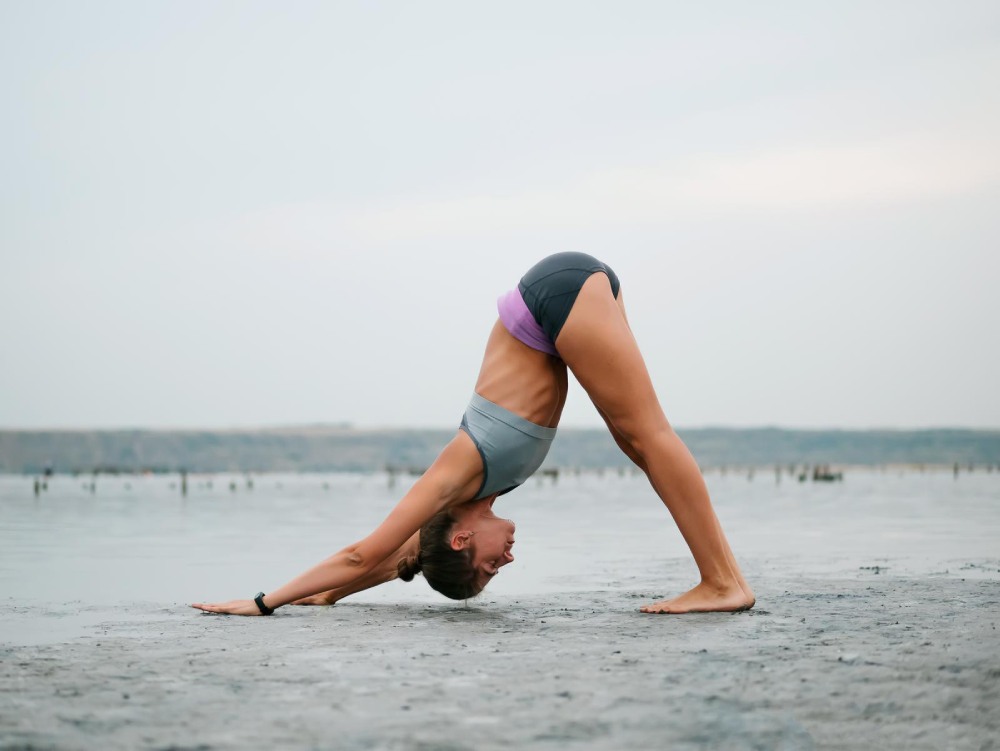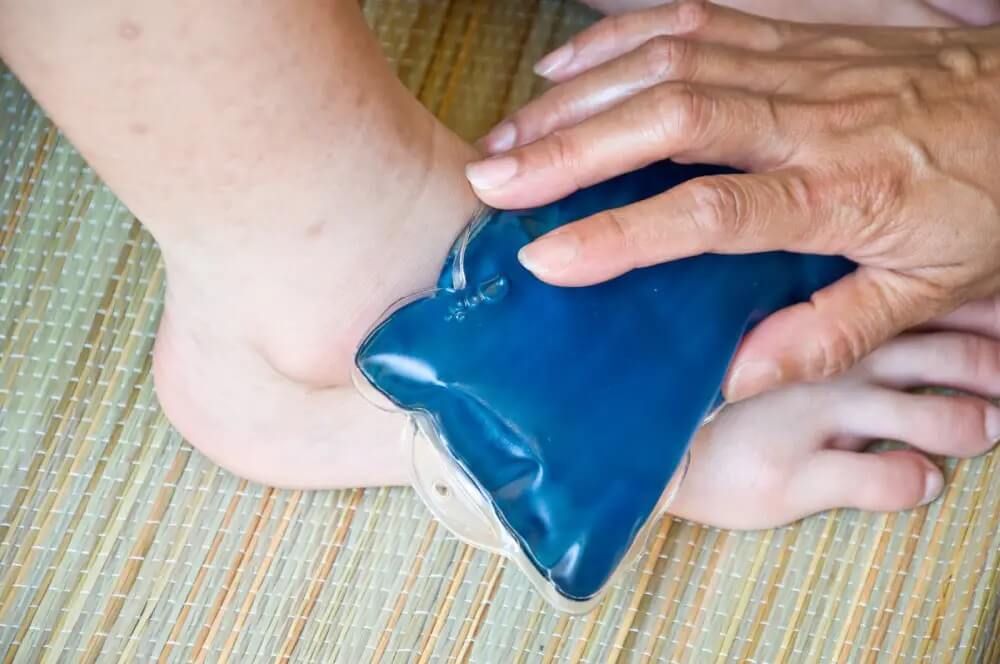Are you wondering why you have a sore back after yoga? This is caused by your muscles activating your inflammatory response. Let’s learn how to prevent it.
Have you ever wondered why you experience sore back pain after yoga? Yoga is considered one of the best treatments for chronic back pain, short-term and intermediate pain, according to medical research.
Sometimes, you already have some micro-traumas from your daily life that are compressing the discs of your spine, and you become more aware of them during yoga. How are you sitting in your car and at your desk at work? How are you lifting baskets and other objects?
Staying in some positions for too long can do more harm than good too. This is known as Delayed Onset Muscle Soreness (DOMS); it usually appears 12 to 48 hours after exercising, and its level depends on your physical condition, as well as the intensity and frequency of your exercise.
If you have any health conditions or have extreme pain, consult your doctor. If not, you can prevent sore back pain after yoga by eating well, getting plenty of rest, using a foam roller, and more.
Contents
1. Watch Your Posture & Activity Levels

At a glance, yoga might seem easy, but it can be more challenging than you realize. It can involve stretching your muscles in ways they’ve never been before, which can leave you aching the next day, so if you’re not active at all, yoga can leave you in pain.
Muscle building involves creating microtears in the muscle fibers, which grow back bigger and stronger. So, some stiffness after a workout is not always bad, so long as you have not actually injured yourself.
If you are used to a bad posture, some positions can be painful for you, such as Uttanasana (standing forward bend), Urvha Mukha Uttanasana (halfway lift), and Janushirasana (head to knee). So, you can minimize back pain by staying active and maintaining good posture in your daily life.
2. Be Conscious During Yoga
It’s not in vain that you say “Om” in every yoga class: it´s your calling to mindfulness. Being aware is the core of the safety of your other core: the muscles in your midsection that protect your ligaments, spine, and discs.
Being conscious means paying attention to how you move and hold your body, including your breath. Doing that prevents you from unhealthy positions which injure and weaken your back.
You can decrease your chances of back pain simply by paying attention to how you position your feet while you stand. Although comfortable, the “duck feet” (when your toes are out and your heels are in) will compress your lower back.
What to do instead? Leave your feet parallel to each other, pointing forward, aligned to your knees. Your spine will be neutral, and you will be more aligned while doing poses standing, such as Tadasana and Prasarita Padottanasana, as well as supine and prone backbends, such as Setu Bandha Sarvangasana and Salabhasana, respectively.
Another mistake is to stand completely straight: the knees must be bent to hinge from your hips. When sitting, do so on a block, so you can raise your hips. Doing that will protect your lower back in positions such as Uttanasana, which can compress your discs if done incorrectly.
For more information, check out our guide on common yoga mistakes.
3. Apply Ice Or Heat

What if the pain is intense? In that case, apply ice packs to the injured area as soon as possible: ten minutes at a time, then wait for ten minutes and apply it for another ten minutes. Place a towel around it to protect you from ice burn. This will increase blood flow to the area.
You must repeat it three or more times during the first 72 hours. Cold can also inhibit the healing process if you go overboard, so consult a medical professional.
If ice is hurting you or if the pain lasts for the following days, it is better to switch to heat. However, don’t forget to protect your skin using a heating pad, a towel, or a hot-water bottle.
4. Use A Foam Roller Or Get A Massage
Believe it or not: stimulating your muscles can help you to recover. But don’t do static stretches or overstretch your already damaged muscles: use a foam roller instead. It reduces muscle tension. Slowly and gently using a foam roller for 20 minutes immediately after yoga can help, even if you feel some discomfort.
Getting a massage also helps, as it brings blood to the damaged tissue, but it might not be an option for everyone, no matter how pleasant.
5. Eat Well And Drink Water
Some yoga classes can be quite strenuous. You need to recover your muscle fibers and tendons by staying hydrated and consuming protein and other healthy foods. Check out our yoga smoothes for some ideas.
6. Get Plenty Of Sleep

It’s difficult to sleep enough when there is pressure to be productive, even in your spare time. It’s important to rest, especially if you are experiencing pain. Sleeping is vital for recovering after activity and overall health.
Consider taking a nap after your classes and sleeping eight hours per night.
7. Don’t Give Up On Doing Yoga
The best way to feel less sore after doing yoga is to do more yoga unless you are injured. Yes, exactly what you read. The more you stay inactive, the more susceptible you become to feeling pain when you try to work out again.
Start slow: two or three times a week to allow time for your body to recover. There is a difference between slowly progressing under your teacher´s supervision and extenuating your body trying to learn everything quickly.
So, avoid doing more than you can. If you feel pain, come back to a neutral position. Rely on your teacher for guidance.
Being patient and respecting your own limits while you gradually improve is an act of self-love. And self-love is one of the most valuable lessons you can learn from yoga.



